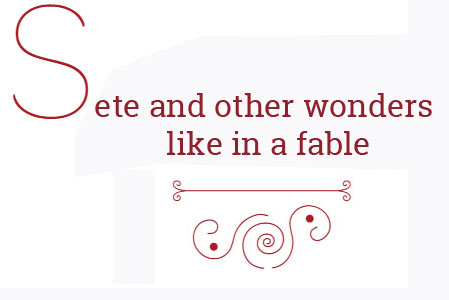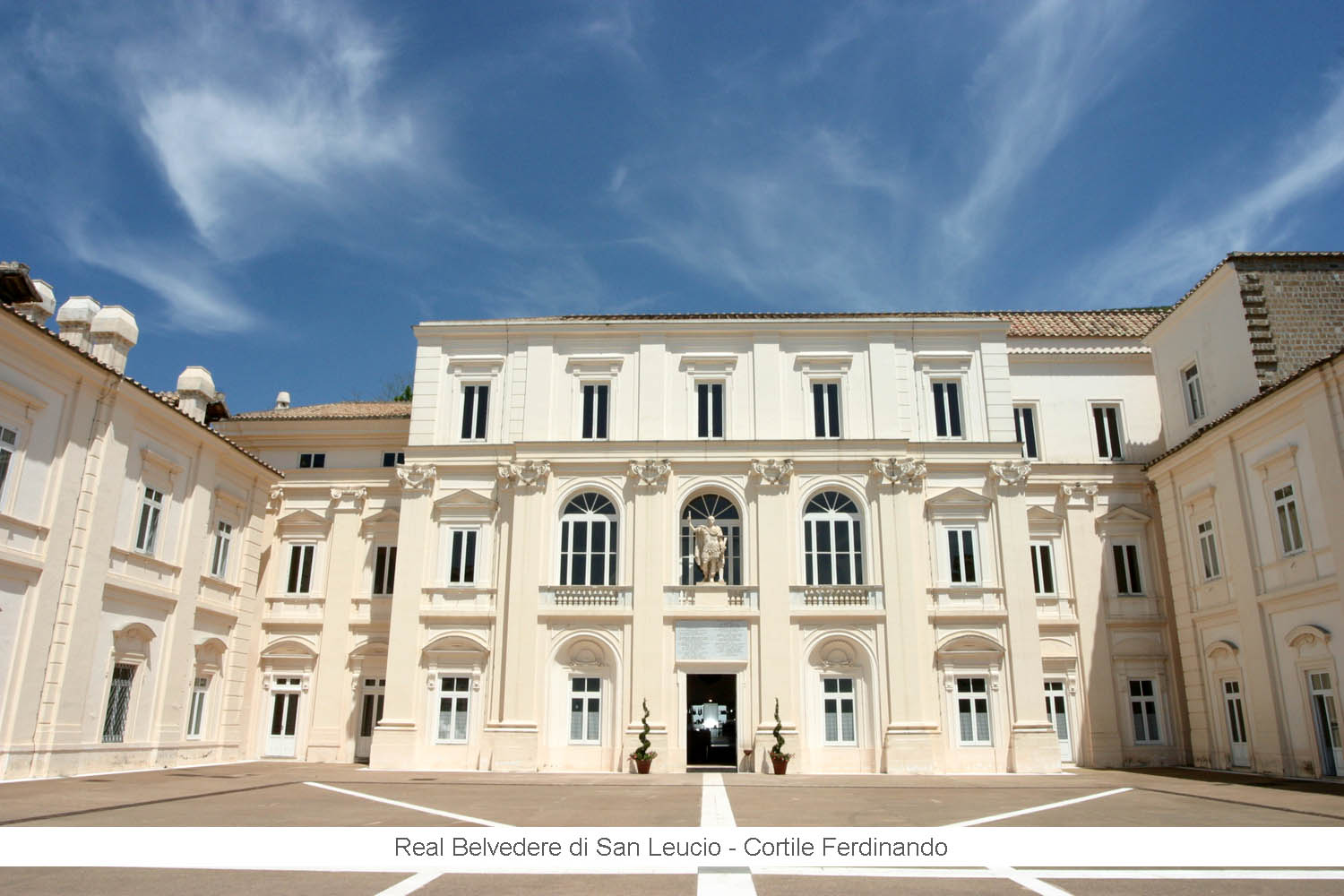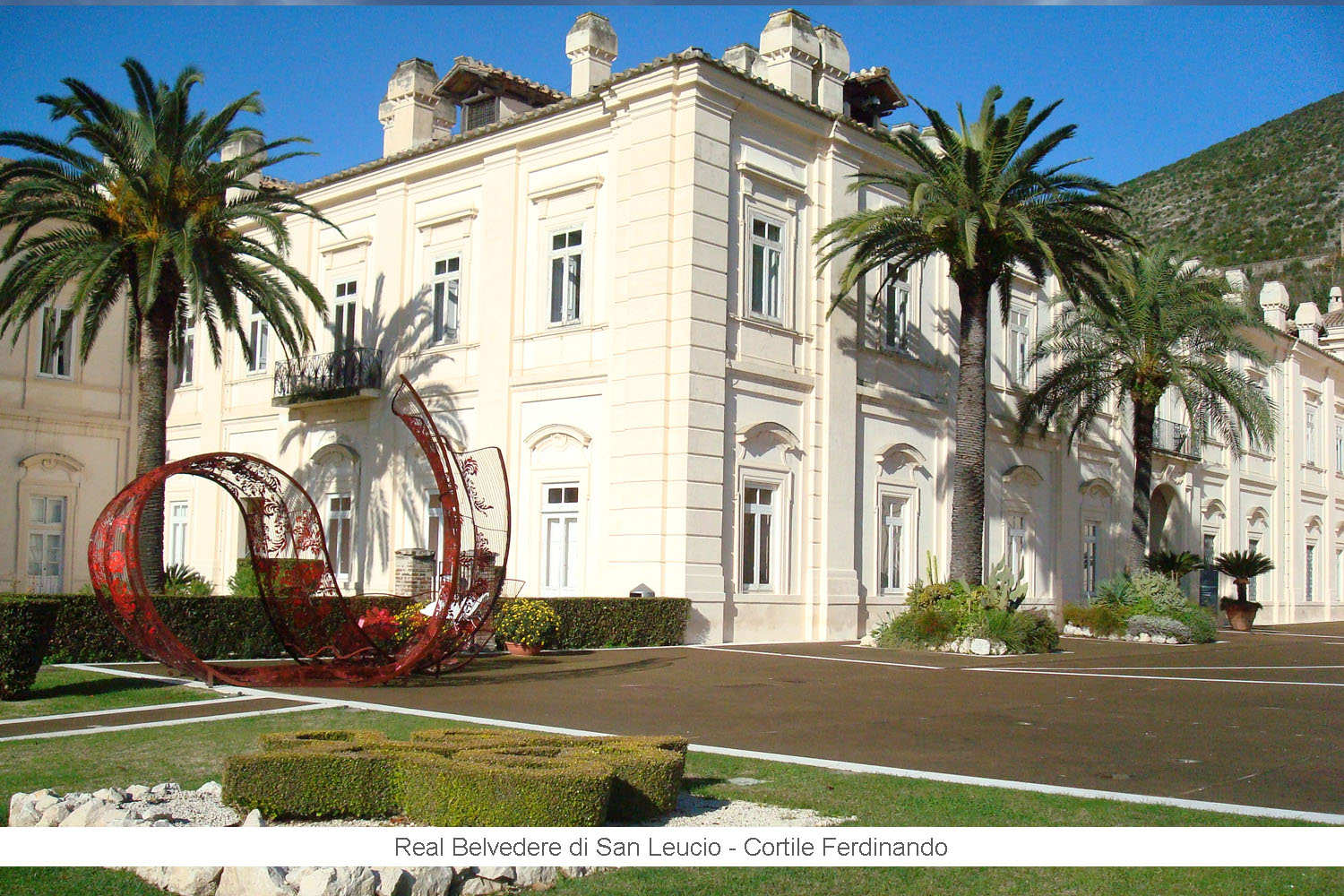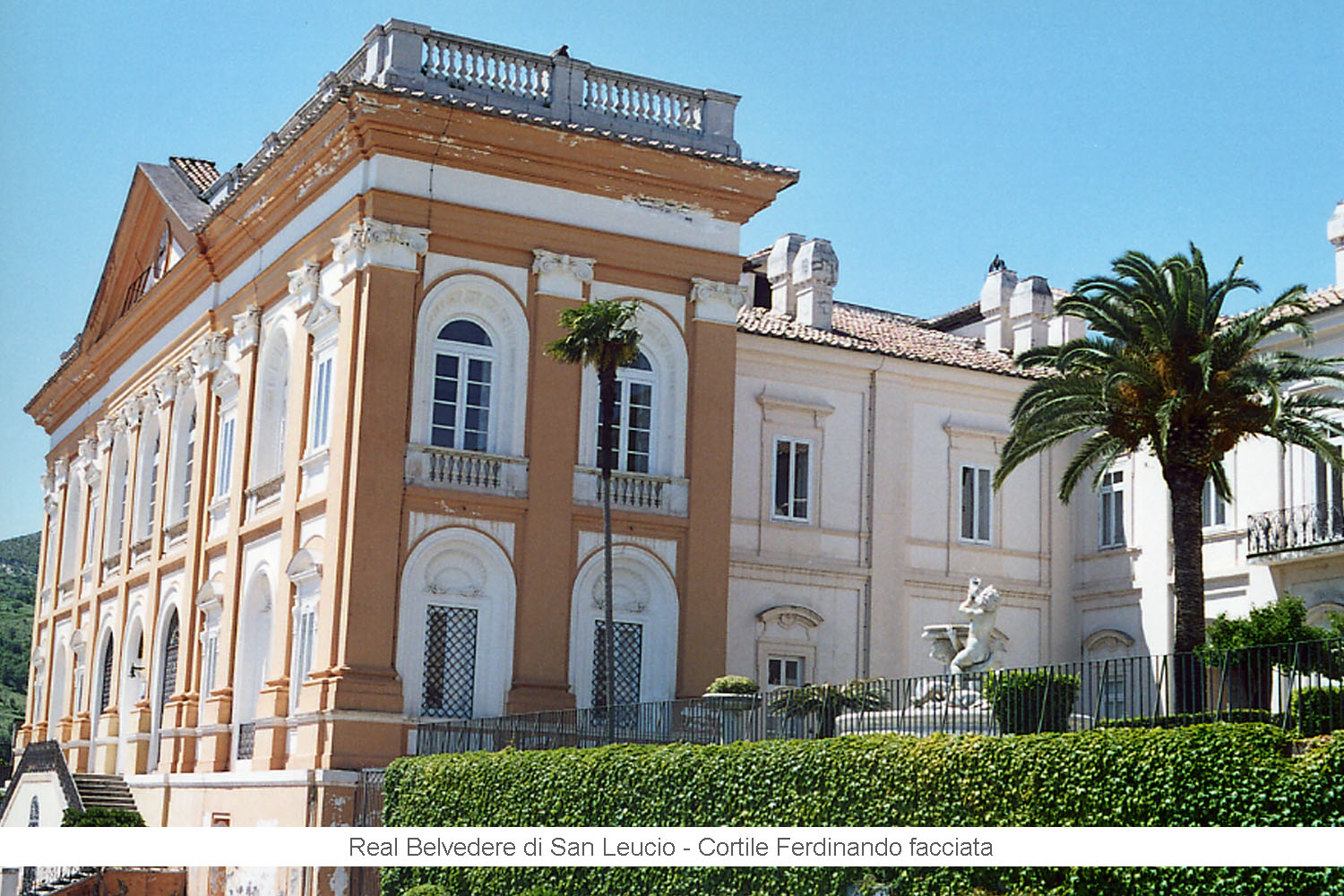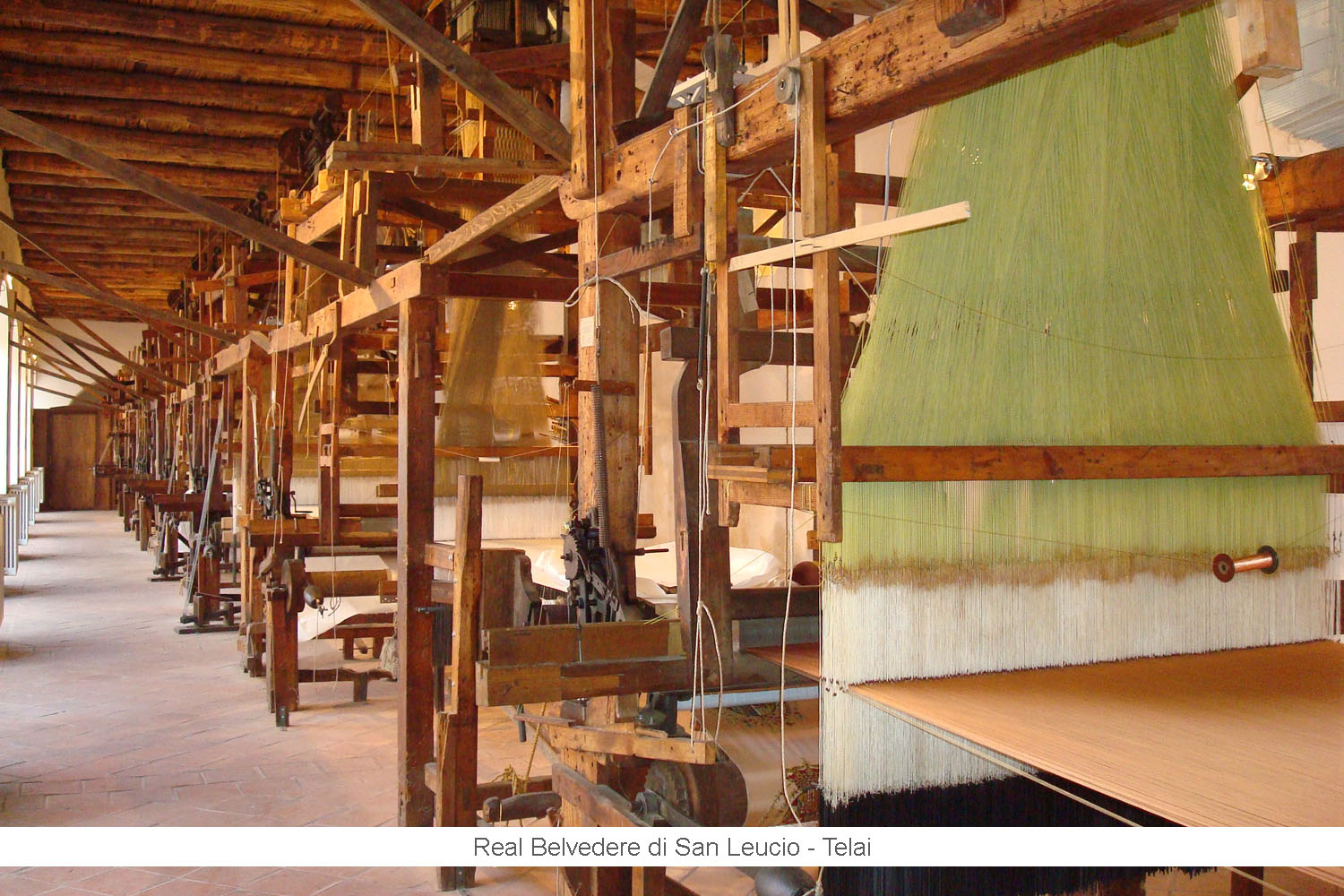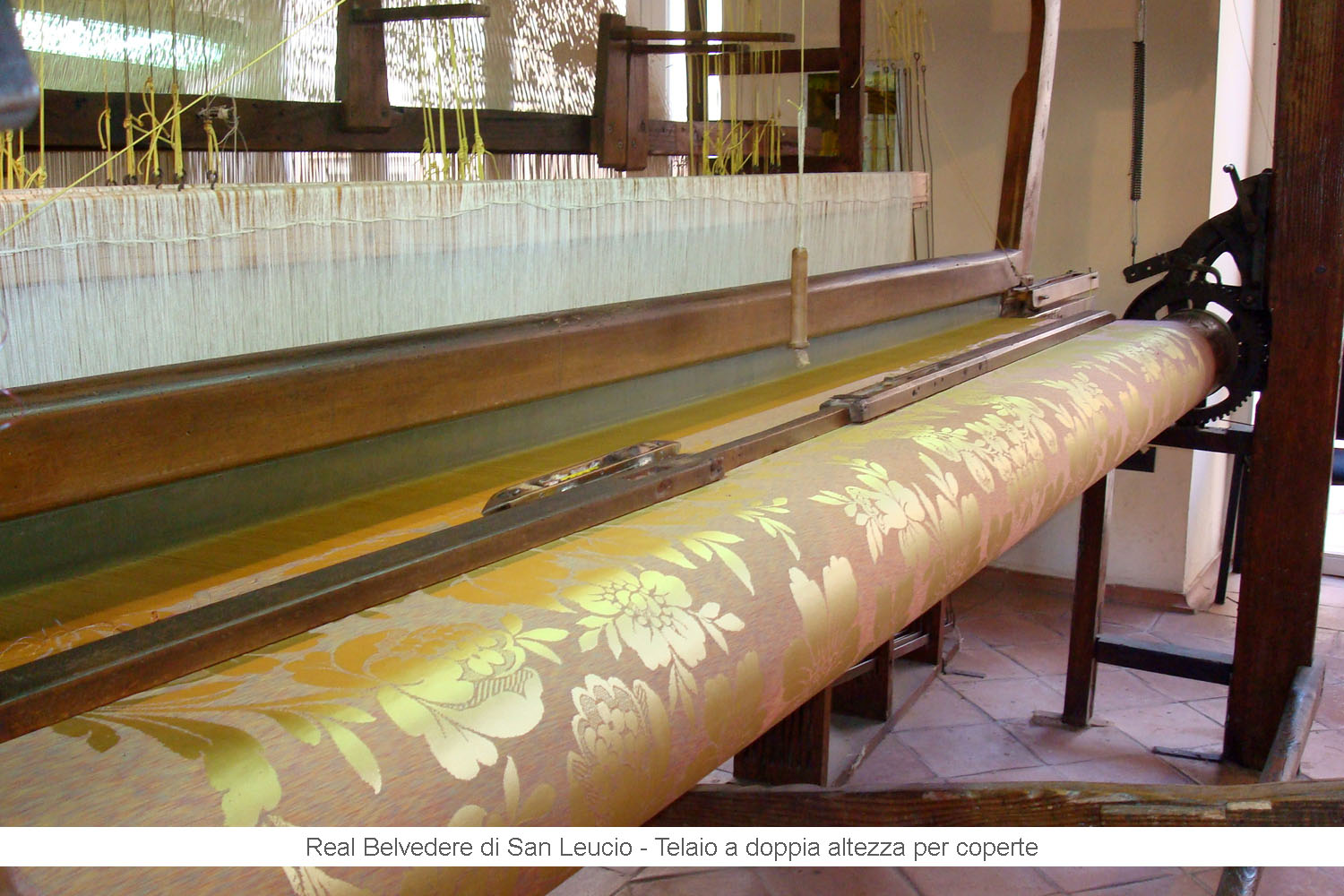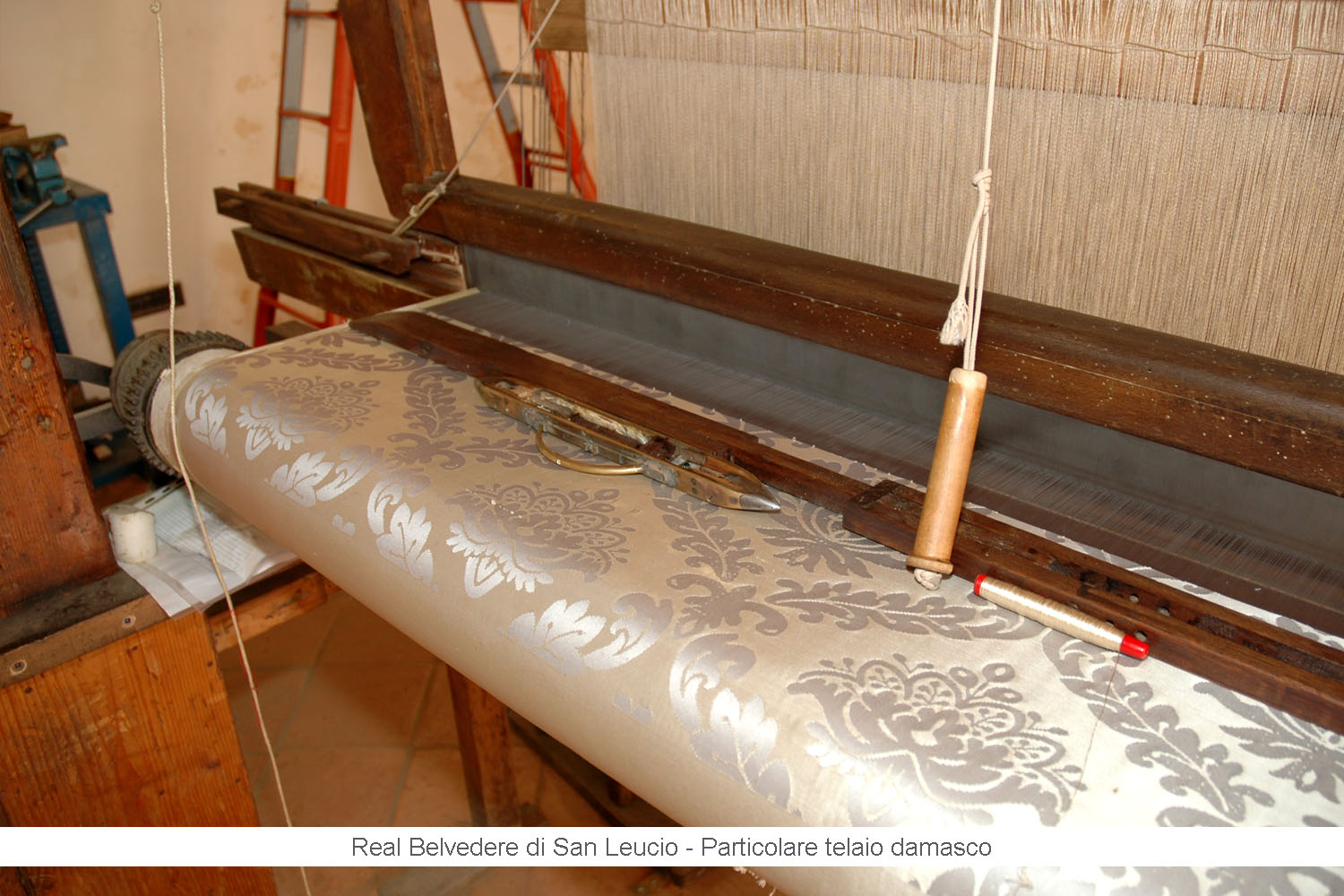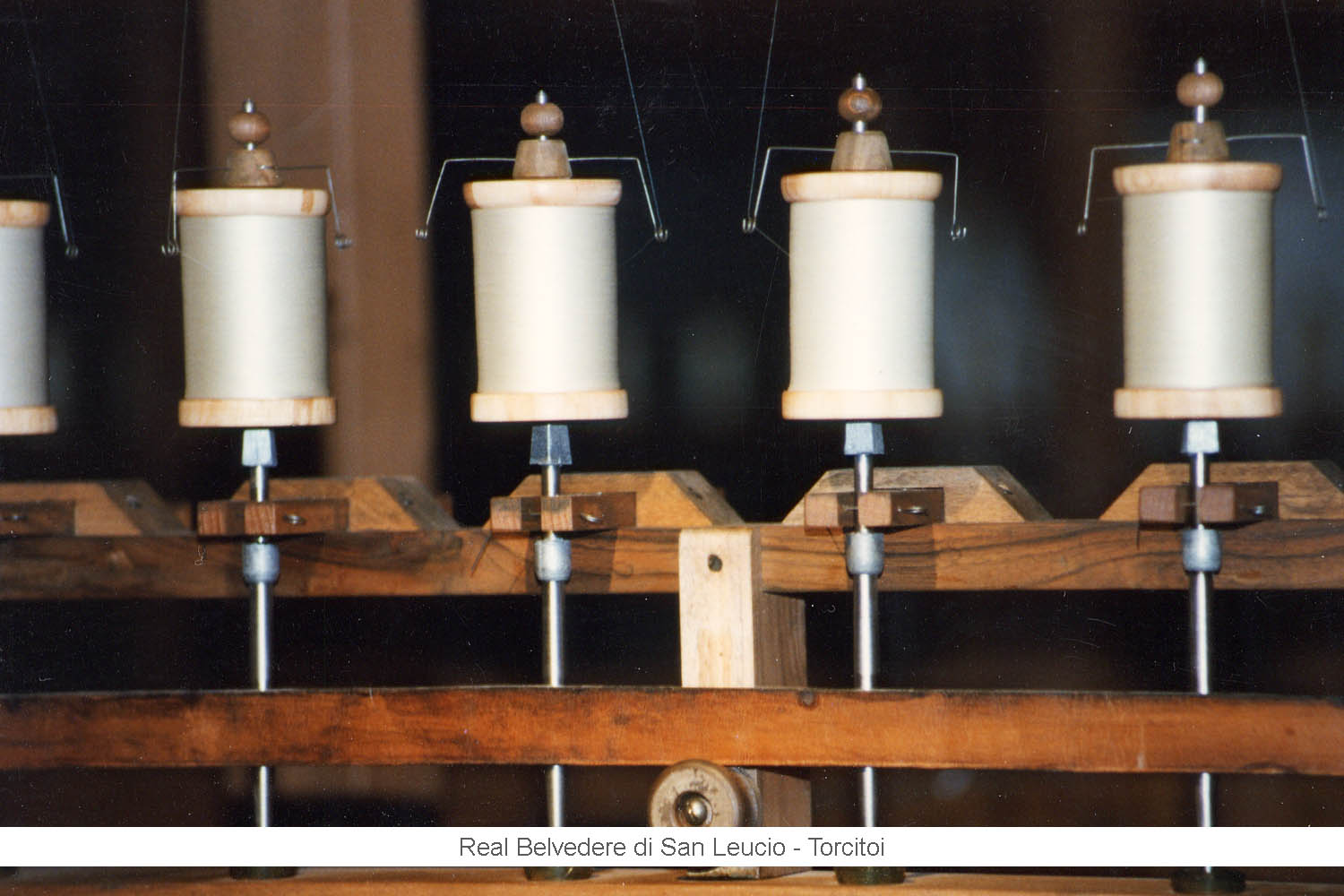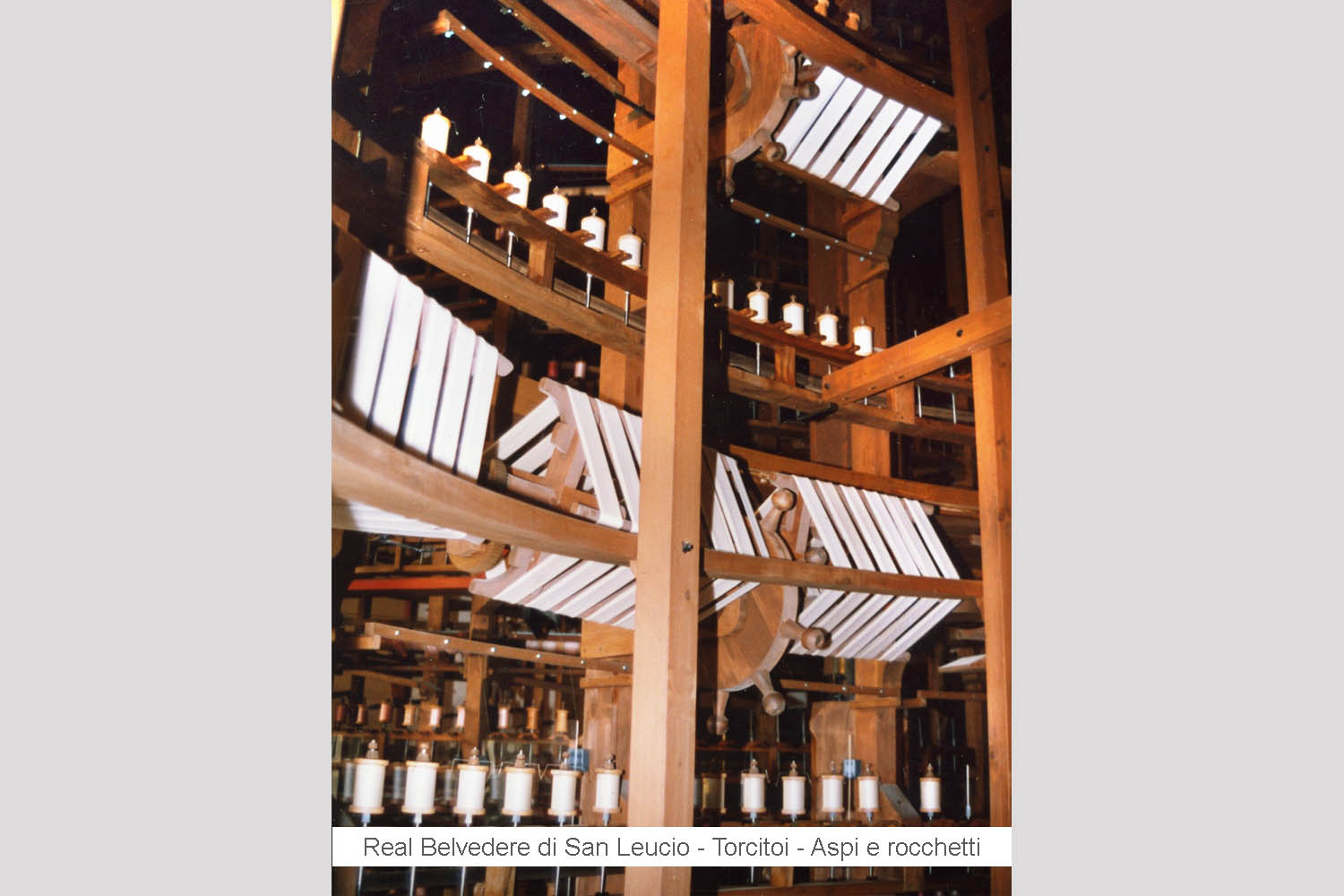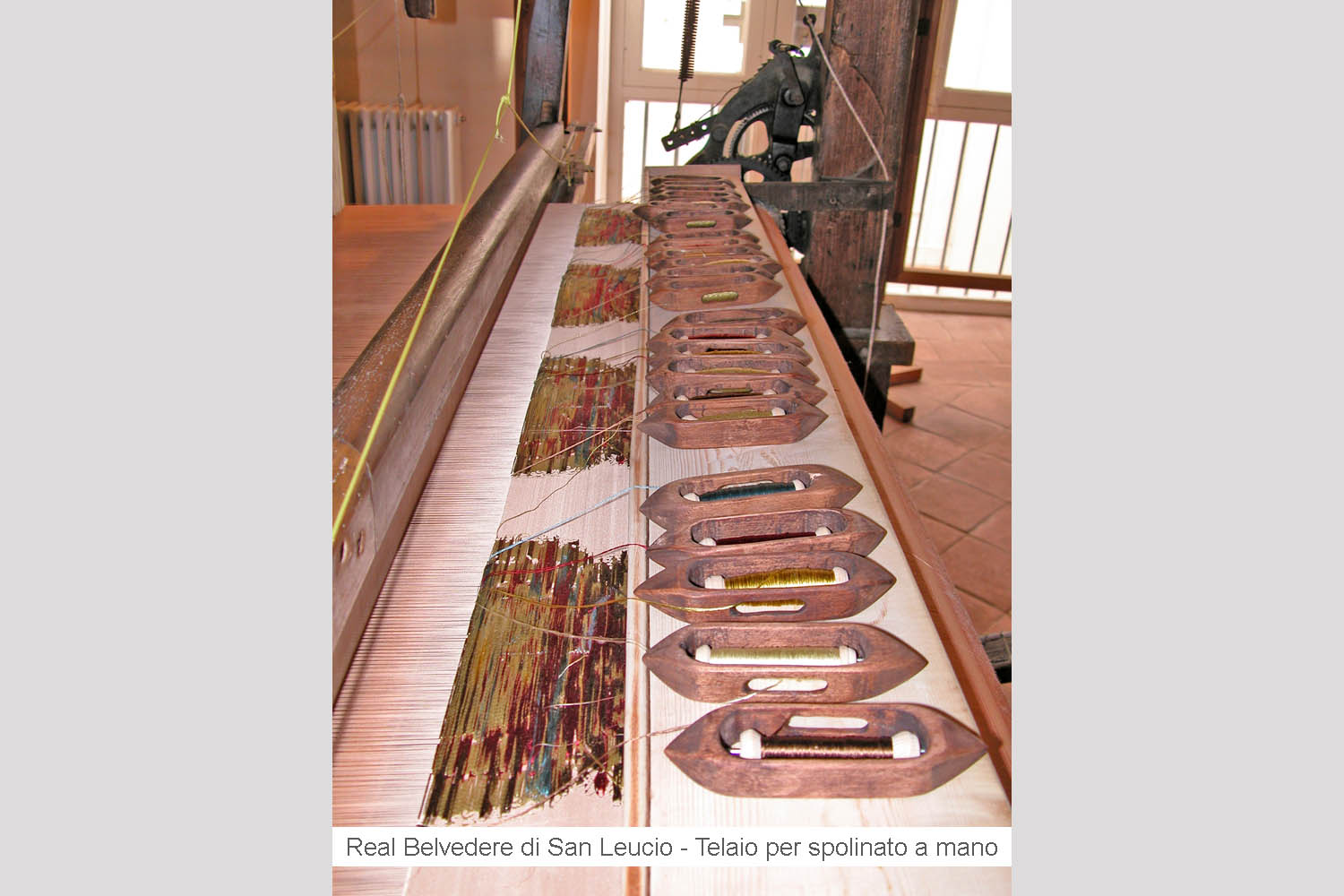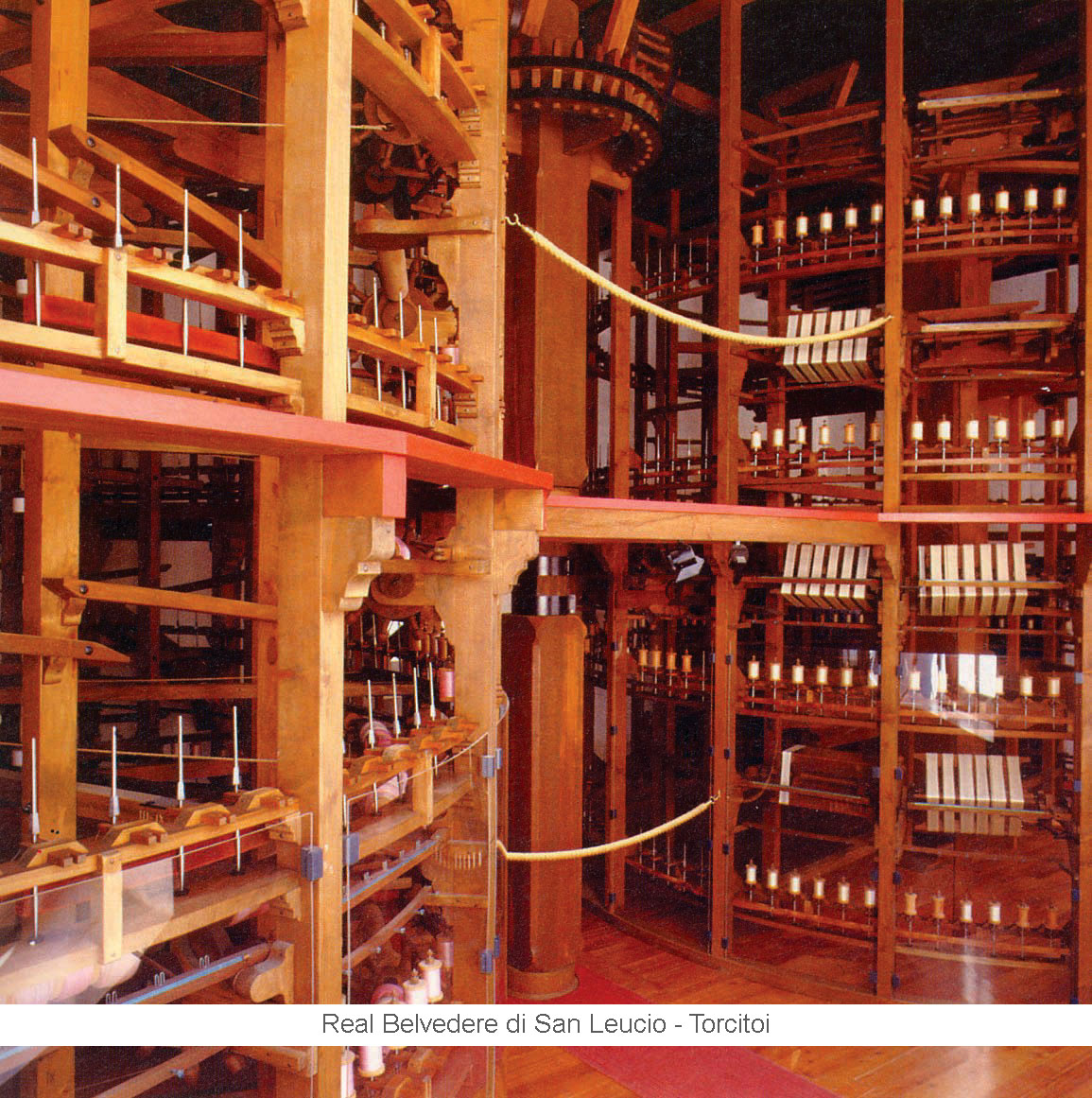
SAN LEUCIO. GENIUs LOCI
Beauty conquers and makes people fall in love because in addition to the superficial fascination perceived by the human eye, it hides and shows a depth, a ‘substance’ that radiates value and asks not to be retained, but diffused to those who know how to enjoy it.
Beauty infects beauty and, in a place that can appear in the splendor that comes from its own history, everything and every event that enter it will be consequently beautiful and will shine in the same light, naturally following the prospective show created by the admirable container.
There is a place in the South of Italy that, just like in a fairy tail, owes all its beauty to the secular events that occurred in its frame and the great works that were created there. Works that still today come from the wise hands of artisans to be offered to the appraiser’s intelligence in all their atemporal aesthetic depths that perpetuate the ambition of a virtuous synthesis between the handsome and the righteous, just as the absolute initiator, King Ferdinand IV of Bourbon, intended it to be. This is why San Leucio, a hamlet of the city of Caserta, by the will of this king, immediately became an unpredictable unicum of monumental nobility overlooking green pensive landscapes and a human community that found itself privileged in learning the art of weaving silk and the production of extraordinary artifacts.
While the Real Colony of San Leucio saw the light and set off quietly and steadily to create, day after day, even in its narrow territorial boundary, the unlimited royal dream, Ferdinand IV’s brothers-in-law
left their heads under the blade of a bloody revolution.
Our king had married Maria Carolina of Habsburg, and Lorena, the sister of the Autri-chienne (Chienne in French means bitch), as she was reffered to by the French people in revolt, Maria Antonietta of Austria, wife ofmarried King Louis XVI. Blood and terror whose echo, however, failed to stop the will of this visionary who, perhaps overwhelmed by the excessive pump of the palace of Caserta, had decided to transform the town into a beautiful niche whose existence and wonder were not to end in itself. A delightful ancient little church already existed, and the King had a hunting lodge built in the Belvedere area, subsequently sending some families to live there so that they would take care of it. The king was endowed with a modern mindset and thus thought of creating a social model of absolute novelty, imposing a harmonious urban layout with a circular square and radial system of roads; Promoting economic autonomy with the creation of a factory for the production of excellent silks, something that had never really been seen before.
Not just a visionary but a precursor of that type of equality
that founded the dignity of living on work but also on social
security and the consideration of the (yet unwritten) human rights,
with daily working hours reduced to eleven instead of the fourteen
in effect in the rest of Europe, with equal pay for men and women, compulsory and free schooling and jobstart schemes
that took into account the attitudes of young.
Even the homes were free and built with all possible comforts of those times. Vaccination to prevent smallpox was mandatory. The management of this endeavor, that was also able to produce a considerable income, anticipated the claim of rights that would later mark the political and social history of the continent. A sort of ‘Fernandinople’ with a Code whose fundamental principles were education, good faith and merit, and where there was no room for distinctions of rank and condition. From the living heritage of the silkworms that were cultivated in the building called the cuculliera, to the preparation of the bundles, the spinning wheels, the looms, the creation of luxurious fabrics for clothing and prestigious furnishings evolved in an extraordinary range of silk brocades with gold and silver, with particular ‘gros de Naples’, and also in an original, innovative fabric called Leucide.
With the introduction in the first half of the nineteenth century of the Jacquard, the weaving technique of which France was proud,
the outcomes improved resulting in the creation of objects
closer to being works of art rather than every day items.
The colors were natural, and the cultural inspiration of the unusual nuances imposed definitions that evoked emotions and desires: green willow, Prussia green, Seville, Nile Water… Impressive names of fabrics for upholstery, tapestries, curtains, sofa and pillow covers, but also shawls, corsets, handkerchiefs and other delicious clothing items. The furnishing fabrics fascinated kings and queens and popes, and today they still enrich rooms in the Quirinale, the Vatican, Buckingham Palace, the White House and other prestigious sites. Moreover, famous international fashion designers let themselves be tempted by these for their top range creations. History goes on, the becoming of progress produces decadence and new beginnings; thus, with the advent of the Unification of Italy, the dream of Fernandinople was embedded in the state properties. However, the mythology of a matter born from the imperious will of a king could not succumb.
Today, San Leucio’s fabrics remain an exceptional heritage
and, in those textures, an unchanged vitality of doing that has
never ceased to nourish itself remains. With the aid of the
new technologies, without distorting craftsmanship,
it is possible to create works that still show us the multiple
depths of their beauty, their history, their utopian legacy,
but also the tactile delicacy or the creamy thickness of certain details, the texture – which seems fragrant – of the great floral designs, the tones of crunchy silks. Sensations that stimulate a passionate heuristic attention to discover further meanings. The regal apartments and the weaver’s house are visible today in their museum formula; however, the consortium of companies that descend from those older families is more than ever active and available. Cultural initiatives invoke visitors from around the world: in July, the Leuciana Festival is a historical costume evocation. In October, the Feast of Wine, of Vineyards and of Silk reenacts the same fantasy that animated an ancient king. In the factories and shops is a wealth of treasures to discover.
Le foto sono state gentilmente concesse dal Complesso Monumentale di San Leucio
